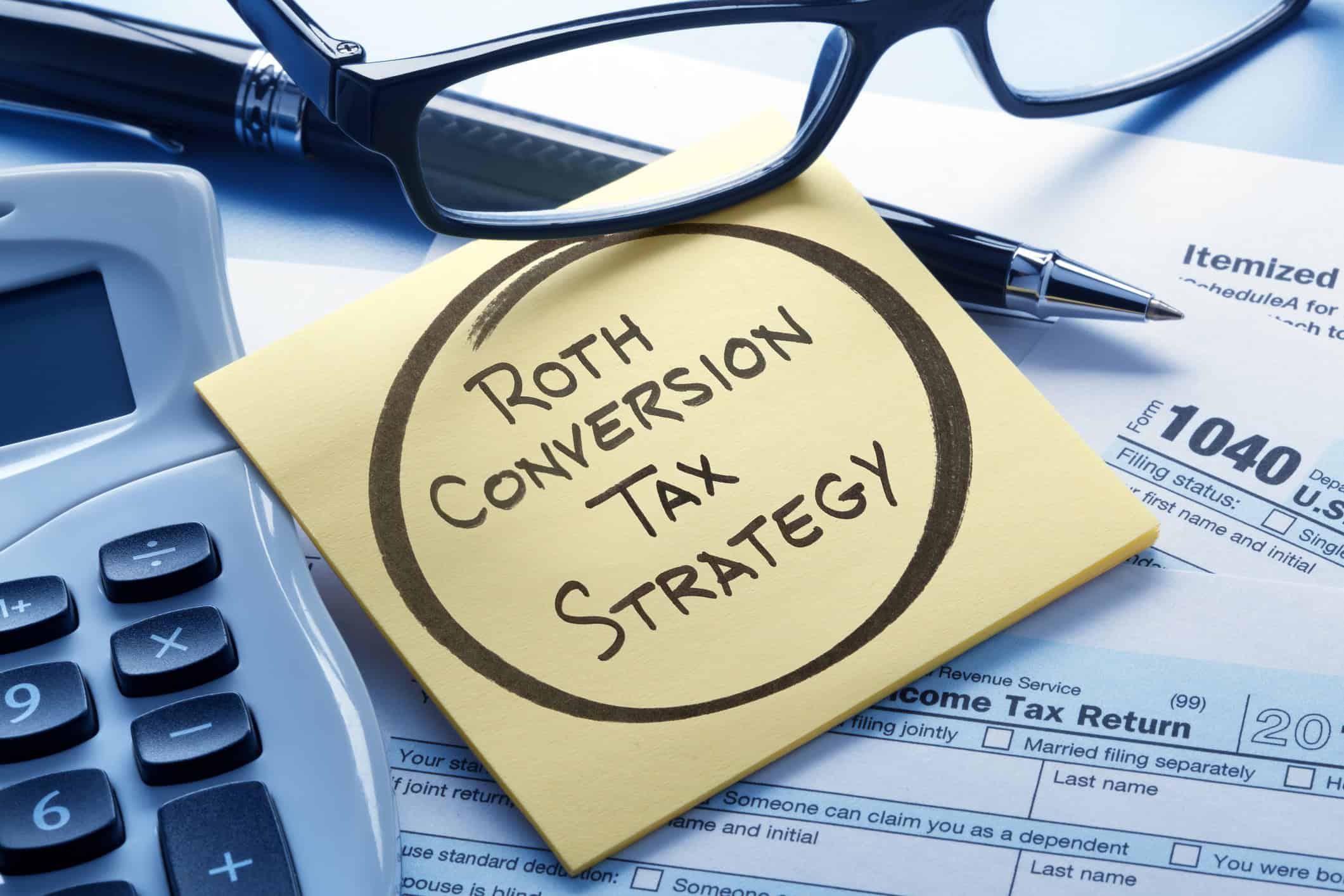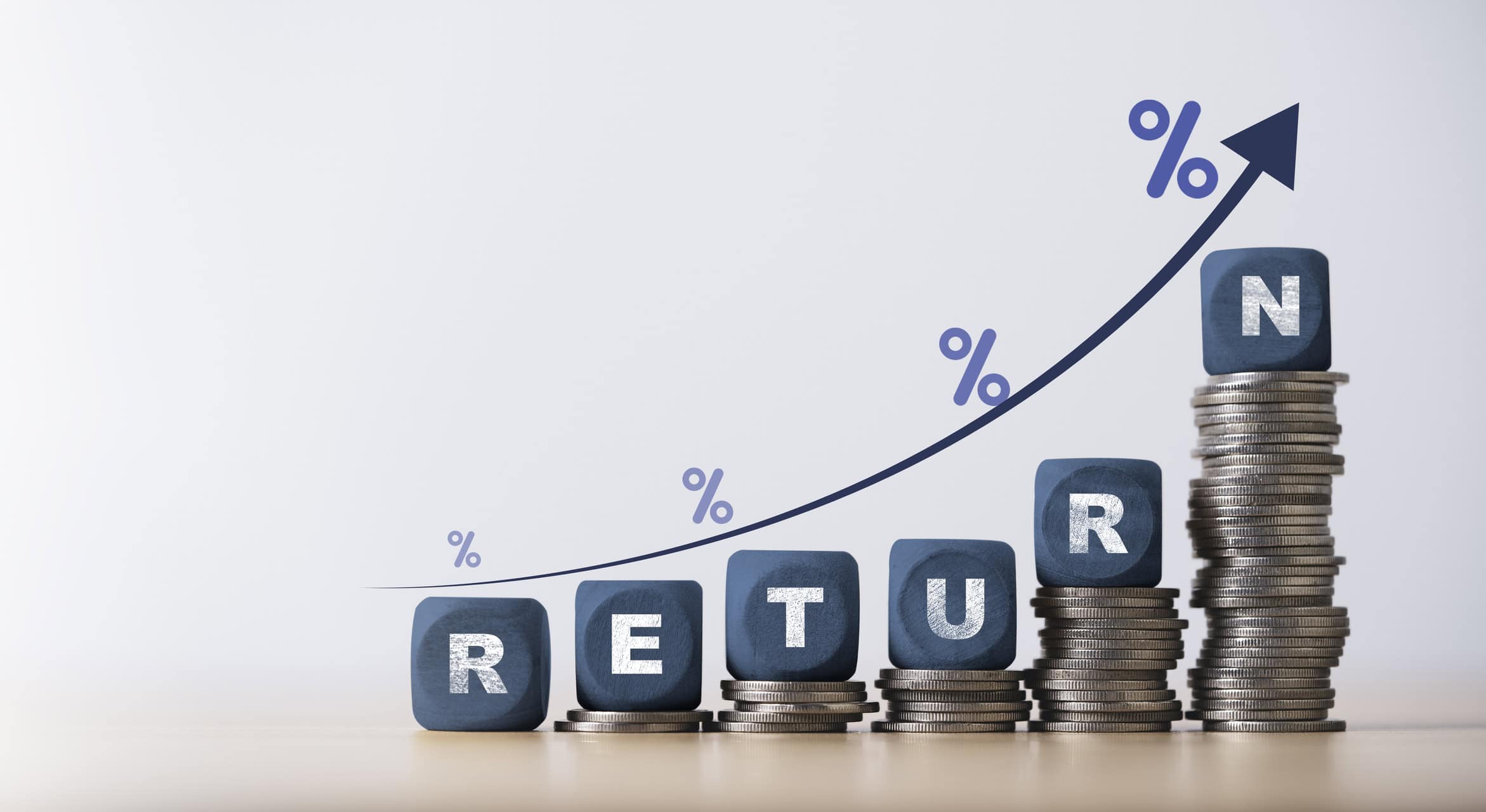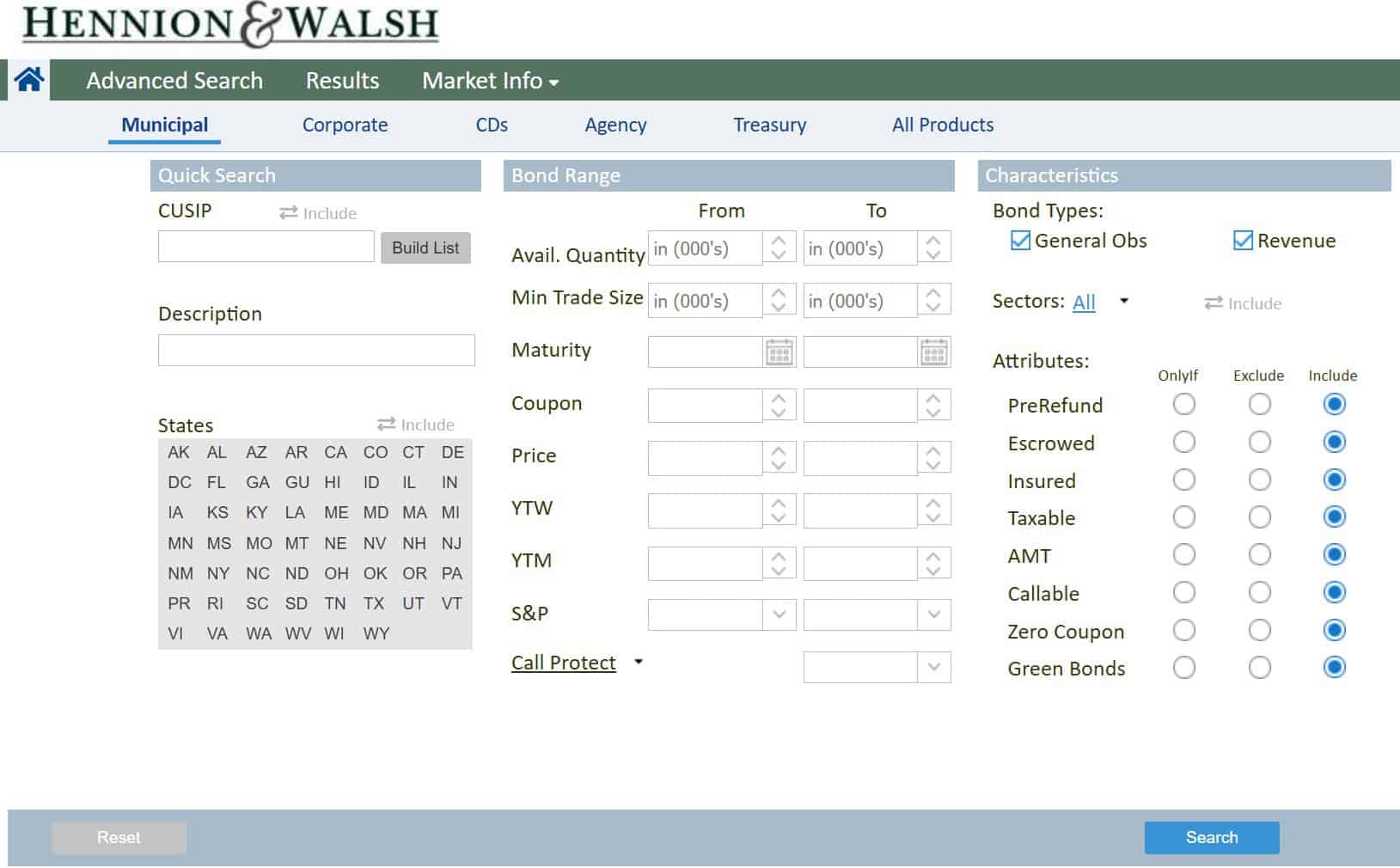
Navigating Past the Cash Trap: Long-Term Wealth Creation Strategies
Investing should be a forward-looking endeavor, one that anticipates future financial landscapes. However, as recent trends indicate, a significant number of investors are succumbing to a deceptive pitfall known as the “cash trap”:
The cash trap ensnares those prioritizing liquidity over long-term growth. In a shifting economic climate, it’s critical to steer away from myopic investments.
Understanding the Cash Trap
The cash trap phenomenon arises when investors prioritize immediate access to their funds, overly weighing capital preservation over the potential for higher returns. This conservative posture, fueled by uncertainty or risk aversion, can lead to an excessive accumulation of cash-like vehicles, diminishing the purchasing power of assets over time as inflation outpaces meager yields.
When ensnared by the cash trap, portfolios often stagnate, missing out on compounding interest and growth opportunities across broader markets. This occurs as investors settle for the perceived safety of vehicles with liquidity and lower returns, rather than balancing risk with the pursuit of appreciable gains.
Defining a Cash Trap in Investing
A cash trap occurs when excess liquidity overtakes growth prospects, inadvertently stifling wealth accumulation. It’s an insidious comfort zone for conservative portfolio positioning.
Hedging against risks, investors may favor “cash-like” securities. This defensive stance may create a liquidity glut, leading to suboptimal financial outcomes and growth potential underutilization.
To traverse this predicament, a strategic shift is warranted. Understanding that cash and cash equivalents (such as money market funds and CDs) may allay short-term volatility fears, they can tether investors to the lower bounds of potential long-term growth horizons. The savvy investor must balance the seduction of immediate liquidity with the imperative for longer-term value expansion.
Signs You’re in a Cash Trap
Hoarding cash may seem like a safe play, but it’s often a sign of investment inertia, hindering wealth growth.
- Excessive allocations to cash or cash equivalents
- A preoccupation with capital preservation over growth
- Neglecting inflationary impacts on cash holdings
- Holding funds in low-yield accounts with marginal interest
- Missing out on market rallies due to an overabundance of liquidity
Inflation can silently corrode cash’s purchasing power, a stealthy wealth eroder. Overemphasis on liquidity can foreclose on lucrative, long-term investment opportunities.
The Perils of Short-Termism
Investors currently inclined toward the seeming security of cash equivalents like CDs and money market funds, given their attractive yields, may be succumbing to a myopic view of market conditions. This short-termism, though comforting, can be detrimental as it disregards the impending investment landscape shifts we anticipate. Should rates decline in the future, which we project they will, these investors will find themselves locked into a cycle of reinvesting at lower rates, thereby squandering the opportunity for larger, long-range financial gains.
The recent tilt towards shorter-duration assets is a reactionary stance that investors often adopt in times of uncertainty or market volatility. However, it is a conservative strategy that can inadvertently become a trap, leading to suboptimal results if not recalibrated in accordance with a longer-term perspective that includes diversified holdings in both long-duration bonds and the broader equity markets.
The Allure of CDs and Money Markets
Certificates of Deposit (CDs) and money market funds are currently presenting deceptively high yields, attracting myopic investment strategies.
- Liquidity: Both CDs and money markets offer easy access to funds, a highly valued feature in uncertain times.
- Safety: Perceived as safer than stocks, these instruments appeal to risk-averse investors.
- Predictability: Offering fixed returns, they provide a sense of financial stability and predictability.
- Low Entry Barrier: They often require a lower minimum investment, making them accessible to a wide range of investors.
However, this narrow focus on immediate yield overlooks potential shifts to lower rates in the foreseeable future. Navigating past these short-term enticements involves embracing the impending rate reductions and strategizing for long-haul financial growth.
Risks of Short-Term Investments in a Changing Rate Environment
- Investors lured by current CD and money market yields face potential reinvestment risk.
- Overlooking the longevity of interest rates can lead to regret when they inevitably decline.
- Attractive yields now don’t guarantee the same when funds mature and are reinvested later.
- Capitalizing on higher rates today might impede taking advantage of long-term investment growth opportunities.
- An unwary fixation on safety and liquidity today can undermine long-term financial security and yield.
Long-Term Vision for Growth
In investing, foresight often trumps the immediate allure of present yields, especially in periods of volatility. By centering on a long-term horizon, investors circumvent the risks associated with rate fluctuations and position themselves for sustainable growth over time. This forward-thinking approach aligns with the fundamental principles of compounding and market cycle appreciation.
For those eyeing lasting wealth accumulation, locking into the current attractive yields of CDs and money market funds represents a narrow scope of strategy. A broader perspective acknowledges that favorable rates are temporal; by expanding one’s investment thesis to include long duration bonds and the equity markets, investors can adapt to interest rate shifts more fluidly and capture the upward potential during rate recoveries.
Understanding that “short-term” is not synonymous with “risk-free” highlights the importance of anchoring investments with a vision of enduring prosperity. Anticipating and preparing for the eventuality of falling rates ensures that one’s financial trajectory is not solely hitched to today’s yield horizon, but is instead charted with the adaptability and growth mindset that long-term strategies inherently embody.
Benefits of Long-Duration Bonds
As rates fall, long-duration bonds tend to appreciate in value, enhancing capital gains potential. This long-term positioning is pivotal for investors seeking to sidestep the cash trap and achieve sustainable growth and a higher stream of income for the long term.
- Higher Yields: Long-duration bonds usually offer higher yields compared to shorter-term bonds. Even though currently the opposite holds true, that is looking short-sighted and investors should focus on their long-term goals and needs, especially when expectations are that rates will come down over the next few years.
- Interest Rate Sensitivity: These bonds are sensitive to changes in interest rates. When rates fall, the prices of long-duration bonds tend to rise more significantly than those of shorter-term bonds, providing the potential for capital gains.
- Hedging Capabilities: Long-duration bonds can serve as a hedge against deflation or periods of declining interest rates. As these conditions typically lead to higher bond prices, long-duration bonds can offset losses in other investment areas.
- Income Stability: For investors seeking steady income, long-duration bonds provide regular and predictable interest payments, which can be especially attractive during volatile or uncertain economic times.
Investing in Equities for Future Gains
Equities represent the quintessential vehicle for growth-oriented investments, transcending the temporal limitations of current yield allurements. Exposure to stocks is pivotal, conferring the potential for capital appreciation beyond the reach of fixed-income securities.
The equity market, with its inherent dynamism, offers an enticing prospect for those willing to embrace its volatility. While short-term oscillations can unsettle the faint of heart, history has consistently favored the resilient investor. Over extended periods, equities have outperformed other asset classes, welding growth firmly within the fabric of a diversified investment portfolio.
Moreover, equities open avenues for dividend income, which, when reinvested, harness the compounding power fundamental to wealth accumulation. By maintaining an astute selection of dividend-yielding stocks, one can arguably buffer against inflation and potentially enjoy a dual stream of returns through both capital growth and income generation.
Consequently, a discerning approach to equity investment can foster a robust portfolio capable of weathering sporadic economic headwinds. Positioning within sectors poised for long-term expansion, or adopting strategies like dollar-cost averaging, can mitigate the vicissitudes inherent to stock market investments. Such tenacity, coupled with strategic foresight, equips investors to circumvent the ephemeral allure of high current yields in favor of enduring wealth maximization.
Crafting a Diversified Portfolio to Avoid the Cash Trap
Ascertaining an optimal asset allocation is critical to mitigating the systemic risks emanating from market volatilities. By dispersing investments across different asset classes — including stocks, bonds, real estate, commodities, and potentially even alternative ventures such as private equity or hedge funds — an investor can craft a portfolio designed for resilience and growth. This judicious blend not only curtails the exposure to any single economic downturn in a particular sector but also harnesses the potential upside from different market segments.
Diversification, fundamentally, is not about accumulating an array of investments haphazardly, but rather about constructing a deliberate and strategic amalgamation that reflects both the investor’s risk tolerance and their long-term financial objectives. Employing this diversification ethos, one can ensure a smoother investment journey, reducing the volatility shockwaves and optimizing the growth trajectory over time.
Balancing Asset Classes
Avoid single-asset concentration at all costs.
In times of interest rate hikes and attractive short-term yields, it becomes tempting to disproportionately lean towards cash equivalents such as CDs and money market funds. However, such an approach can lead to a cash trap, which ensnares investors in assets that may underperform when rates later decline. Concurrently, neglecting equities or long-duration bonds in the asset mix can result in missed opportunities for greater returns.
Diversification remains your steadfast ally against market unpredictability.
The siren call of high current yields can be misleading – it may lead investors to neglect the growth potential inherent in equities and longer-duration fixed-income securities. By striking a balance – embracing a mix of assets despite current temptations – one can navigate toward a more fruitful long-term investment horizon.
Consider the long-term implications of present investment decisions.
A strategic investment mindset involves anticipating future market shifts and understanding that today’s high-yield environment might not last. Accordingly, a move towards long-duration bonds or equities, as opposed to short-term cash instruments, might be prudent as we head into 2023 when yields are expected to pivot downwards. Such foresight can prevent investors from being ensnared in a cycle of reinvesting at potentially lower rates down the line.
Strategies for Alleviating Timing Risks
Implementing a dollar-cost averaging strategy can mitigate the impact of market volatility. By systematically investing equal amounts at regular intervals, exposure to timing risks is reduced, promoting a disciplined approach that can weather short-term market fluctuations.
It is advisable to employ dynamic asset allocation, which adapts to market conditions. This strategy involves adjusting the distribution of assets as the economic environment shifts, thus maintaining an optimal balance between risk and reward across various market cycles.
Investors could consider the use of financial derivatives for hedging purposes. Options, futures, and swaps can provide a hedge against adverse price movements, offering a layer of security for the investment portfolio and preserving capital amidst market volatility.
Engaging with a financial professional can offer bespoke strategies. These experts can provide tailored solutions that align with individual risk tolerance and investment objectives, thereby mitigating timing risks and enhancing overall portfolio robustness.
Lastly, maintaining a long-term perspective is quintessential. Avoiding the snares of market timing by focusing on long-range investment goals ensures that temporary market gyrations do not derail a well-considered financial plan.




